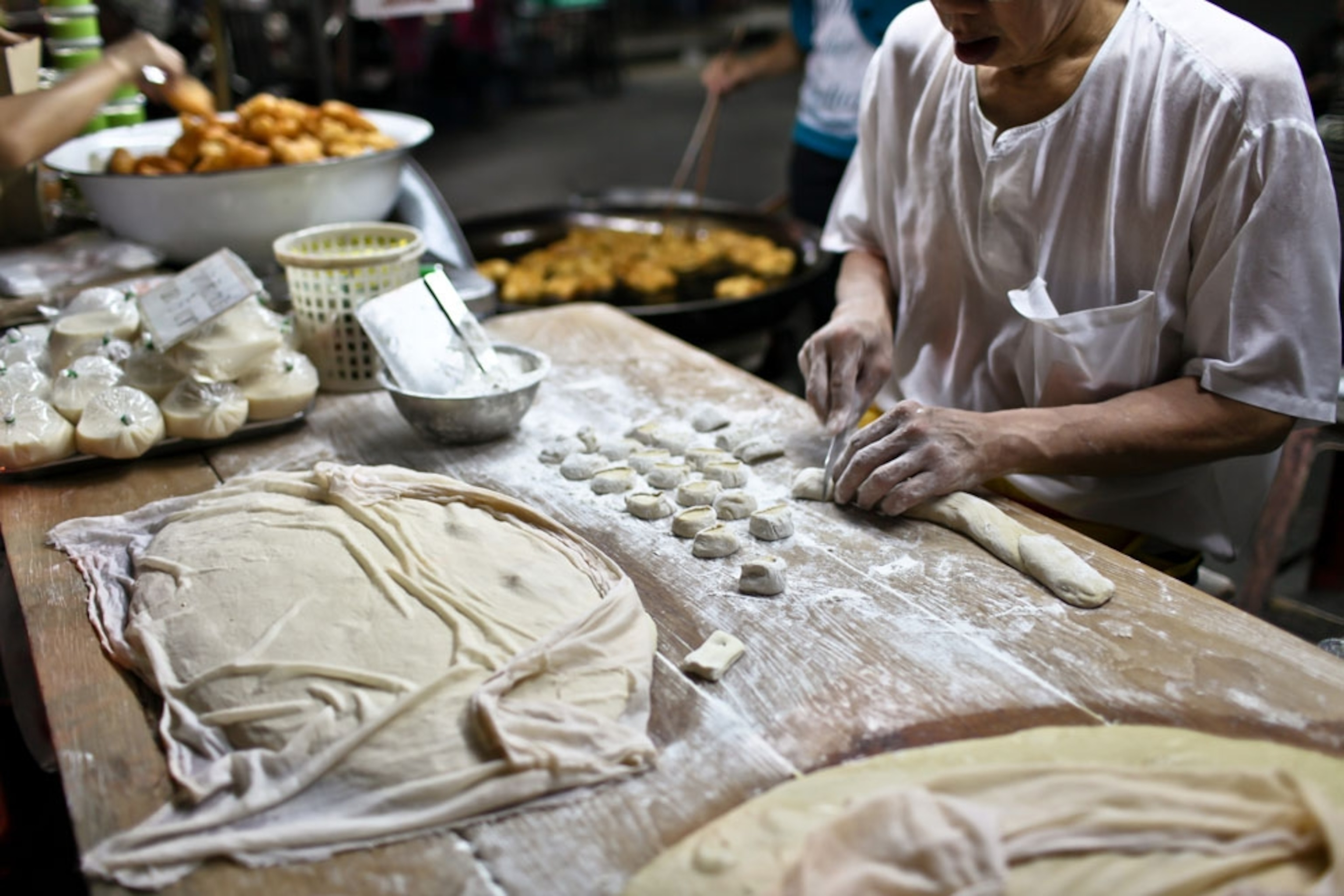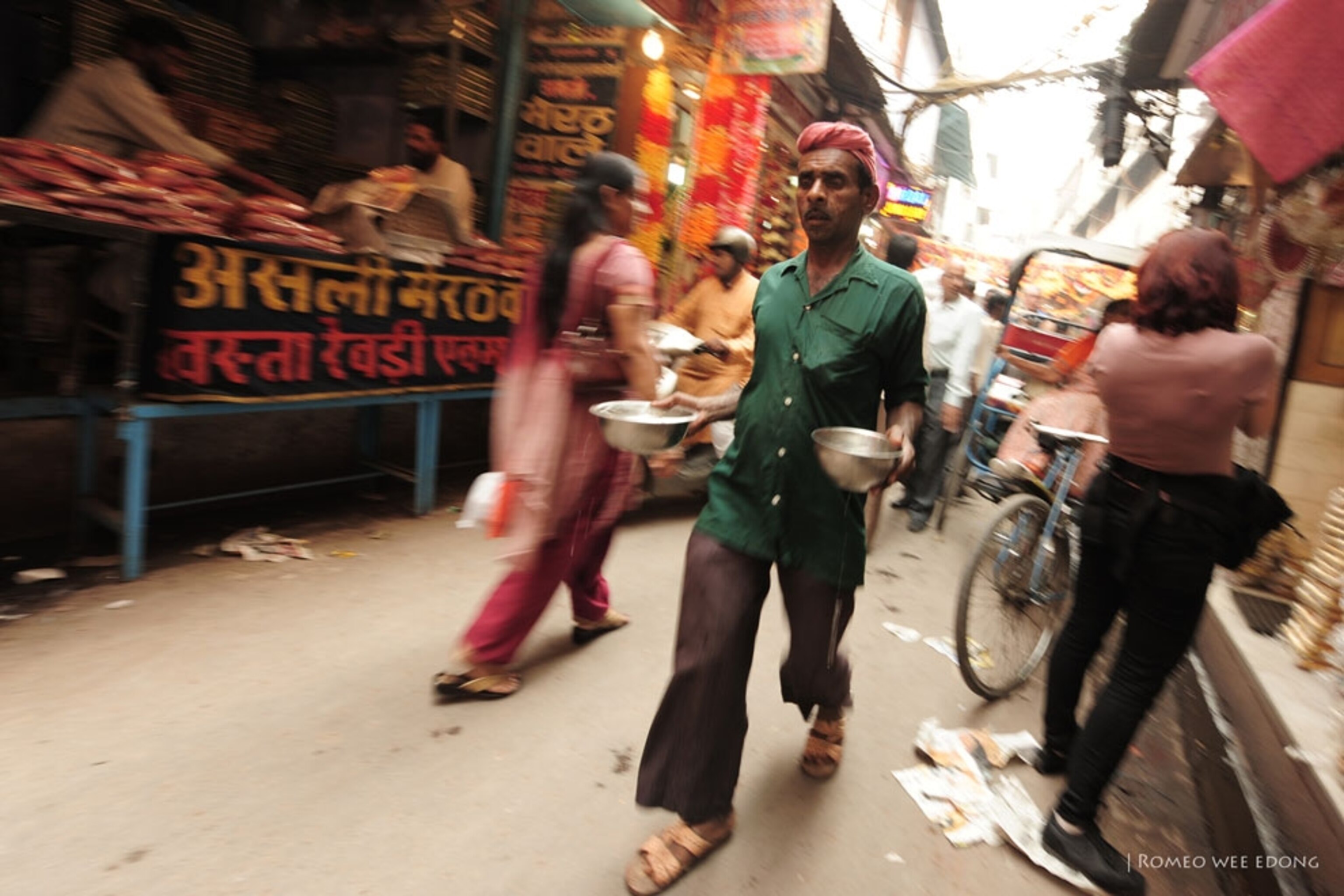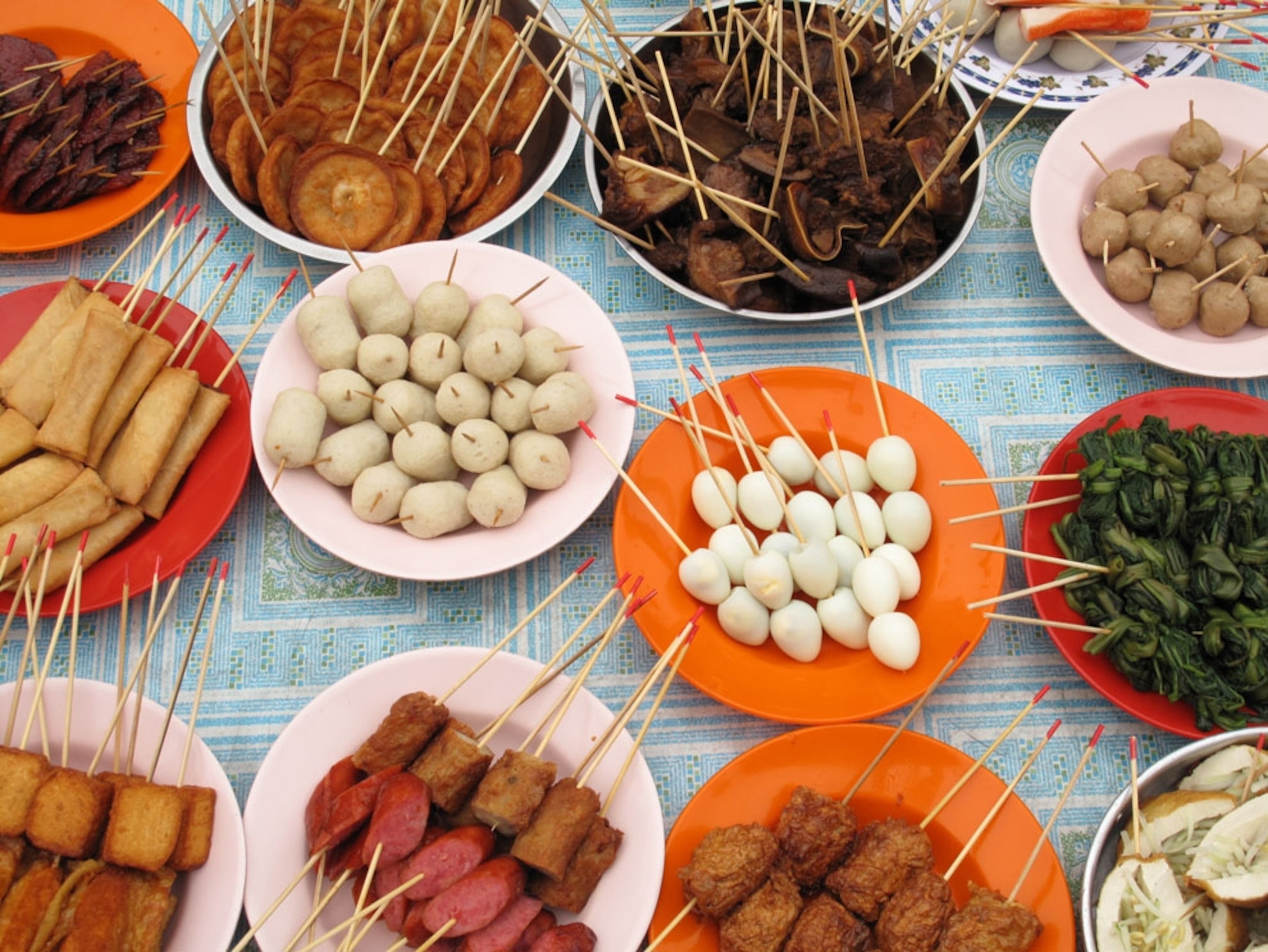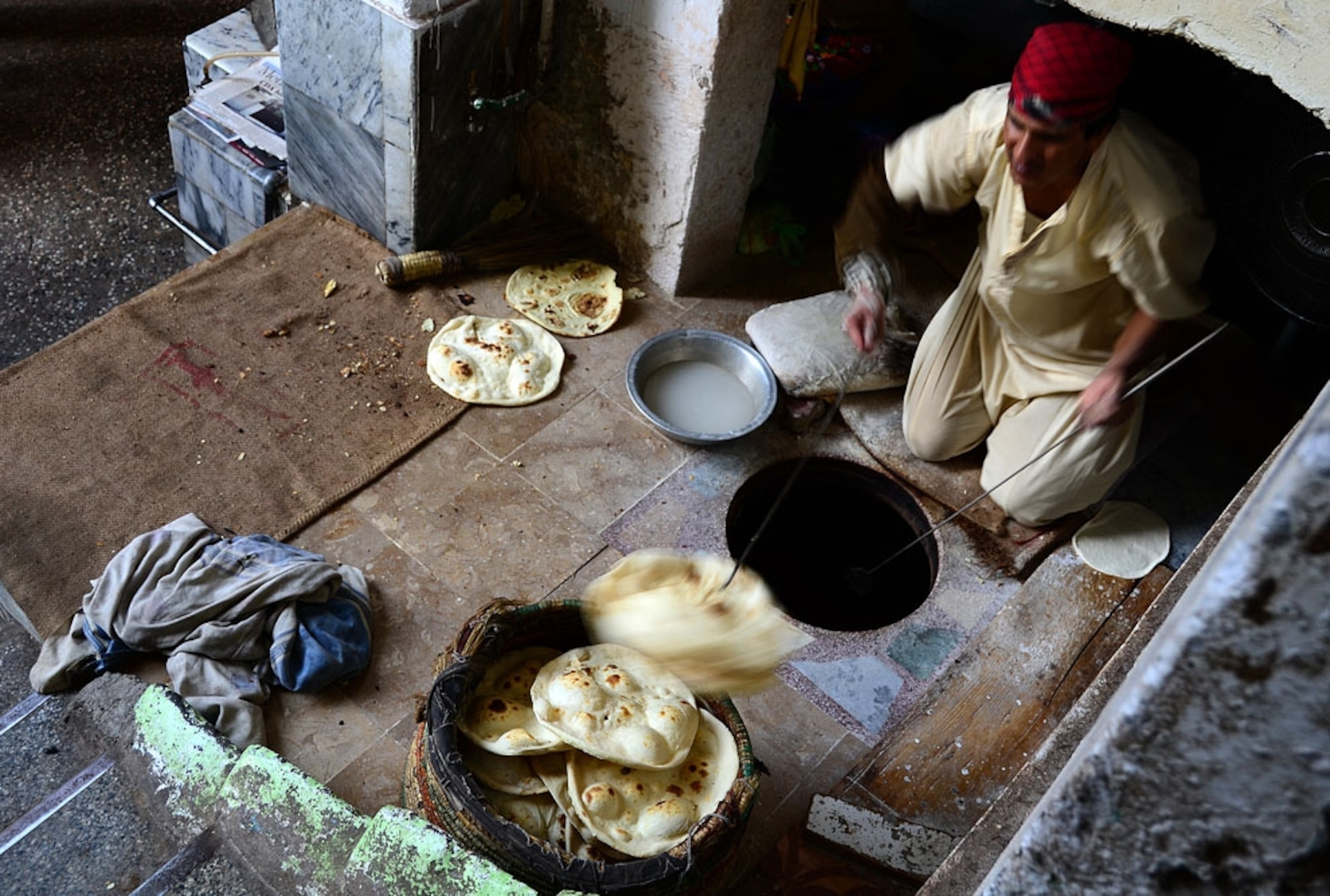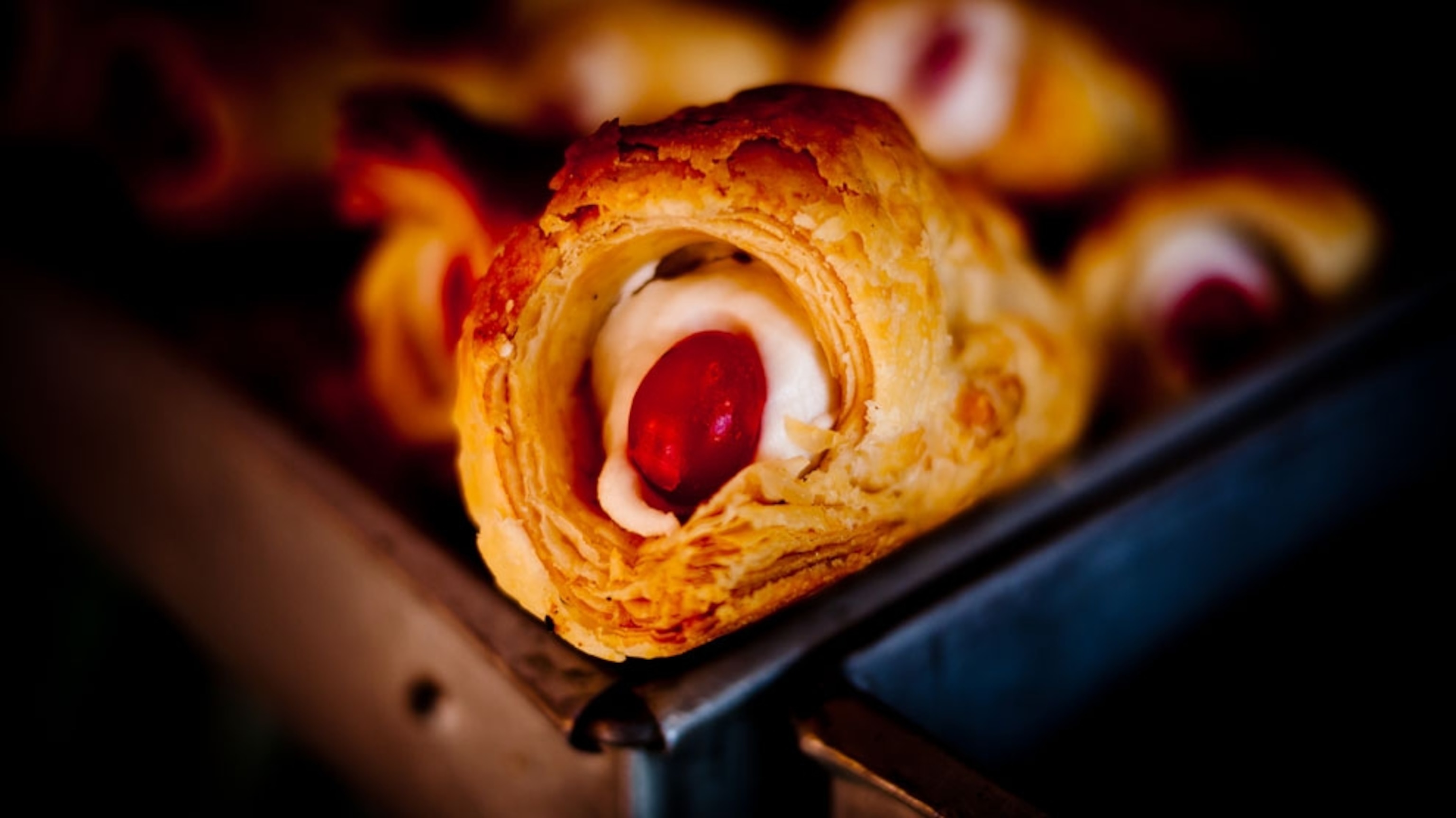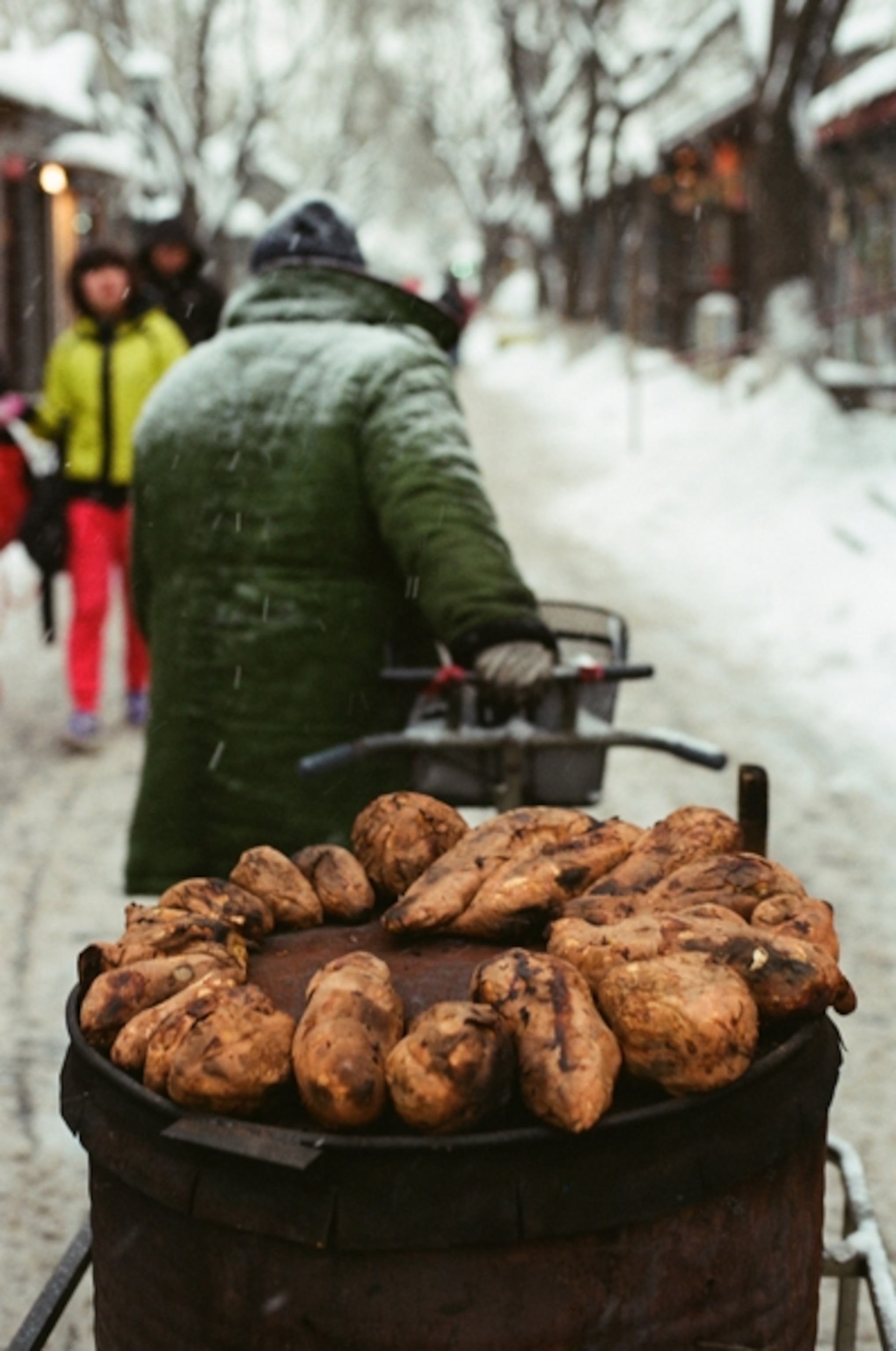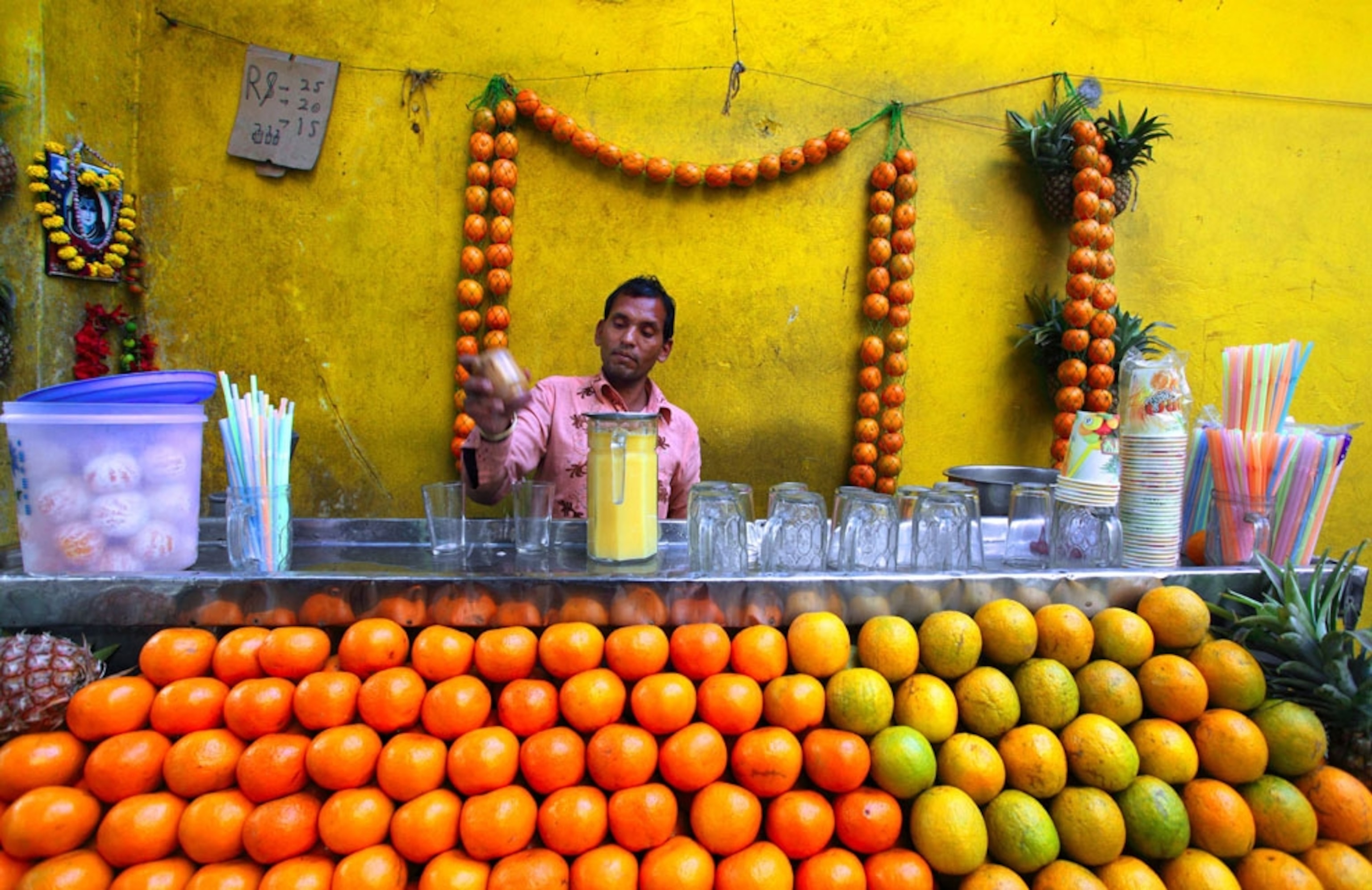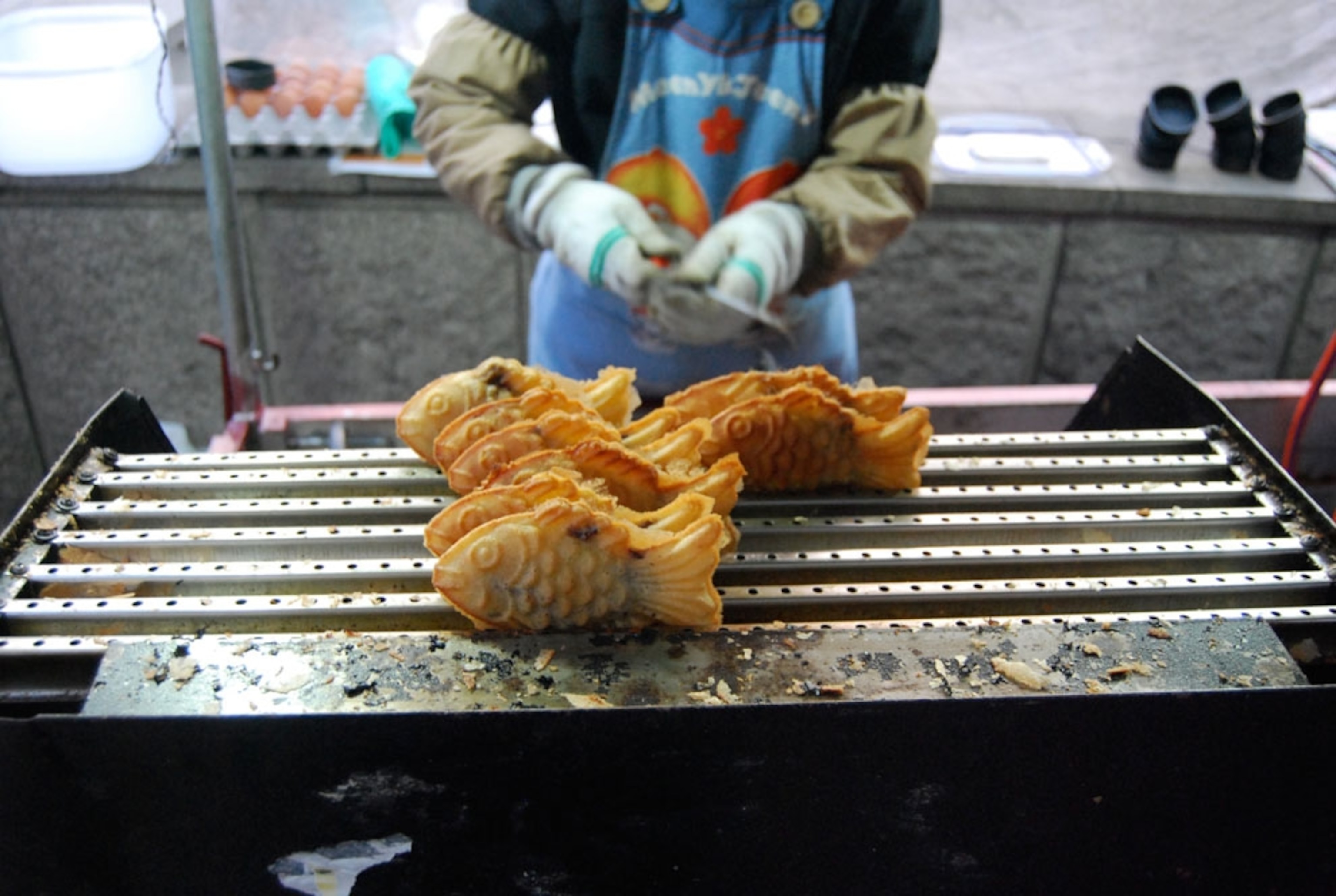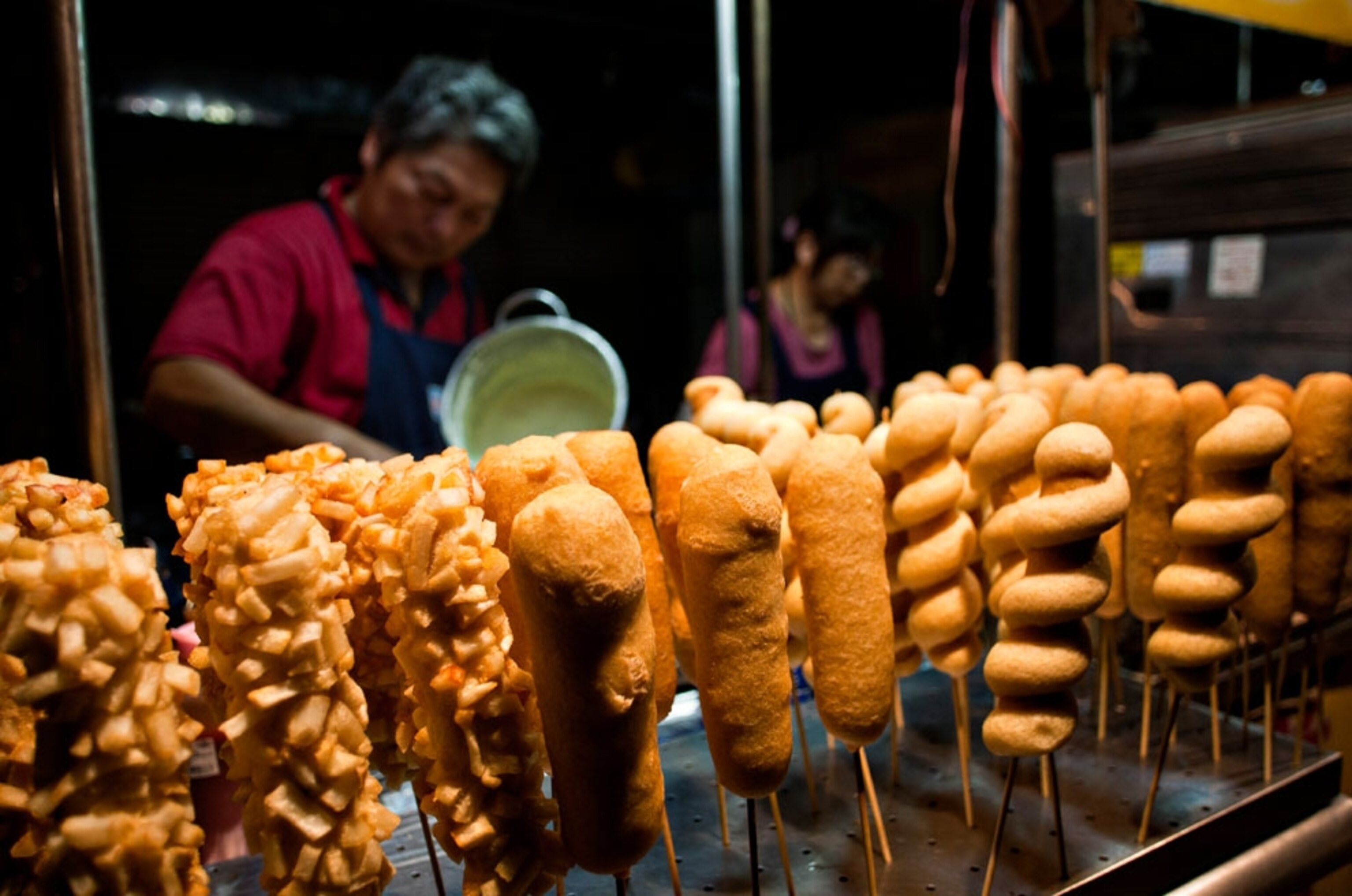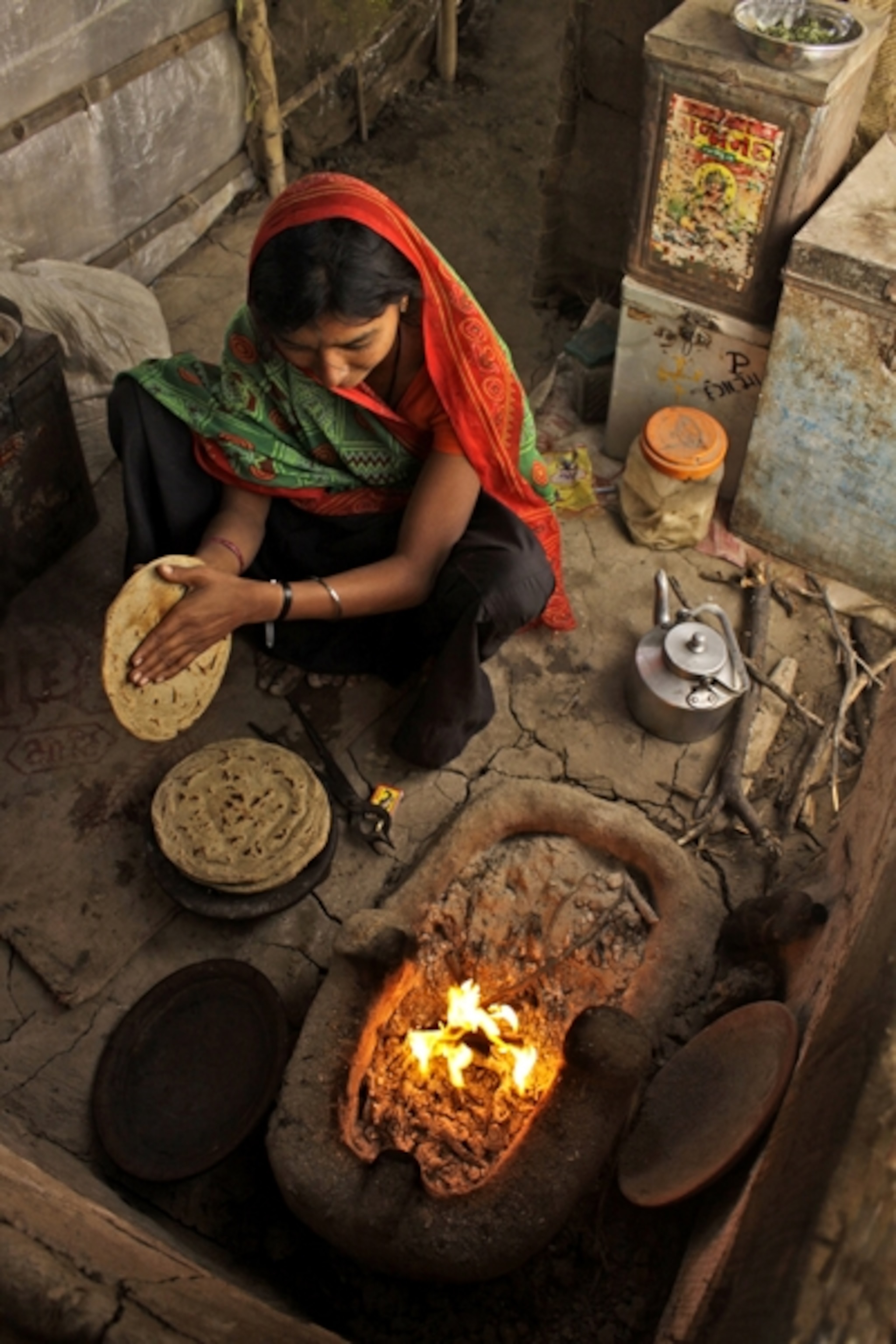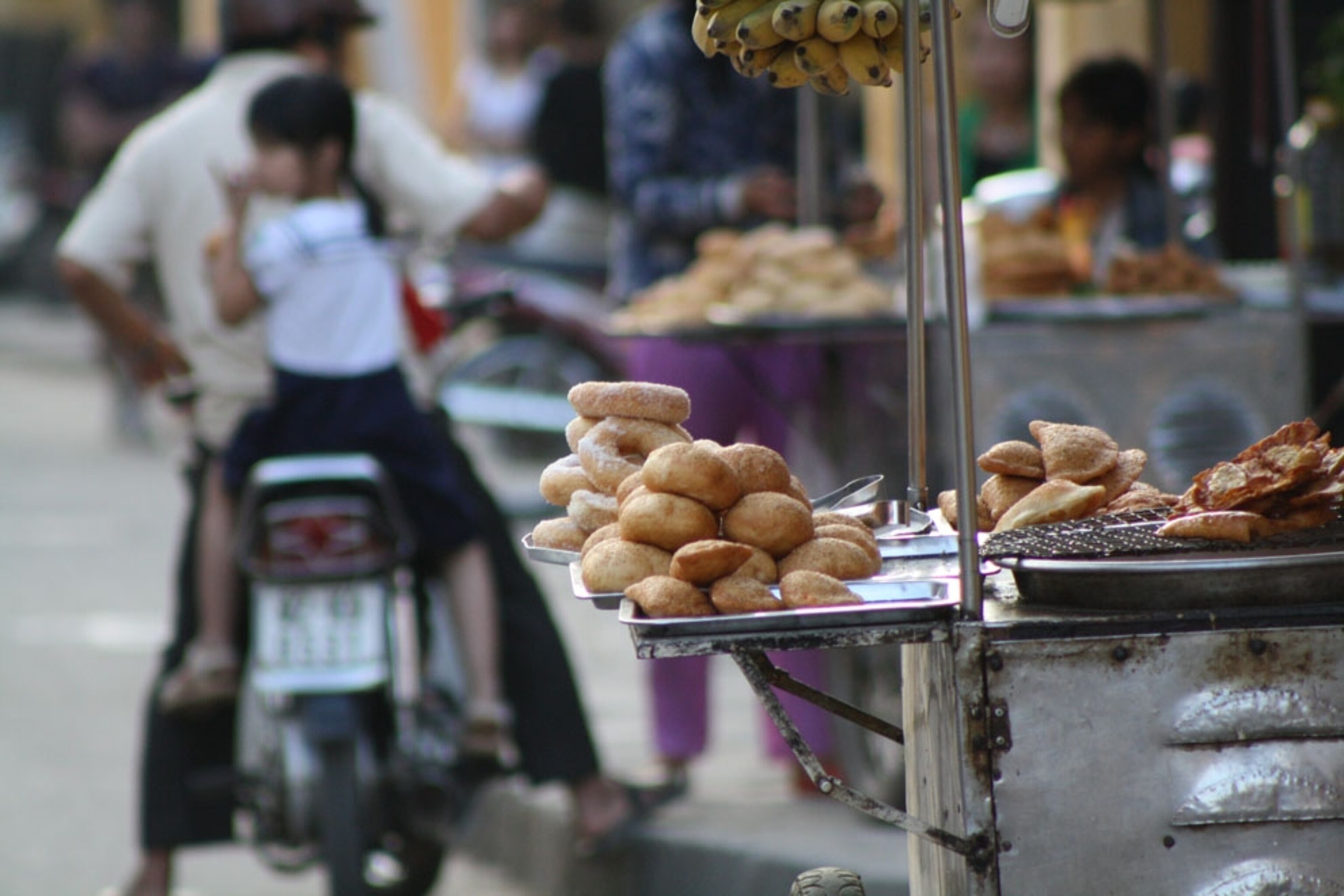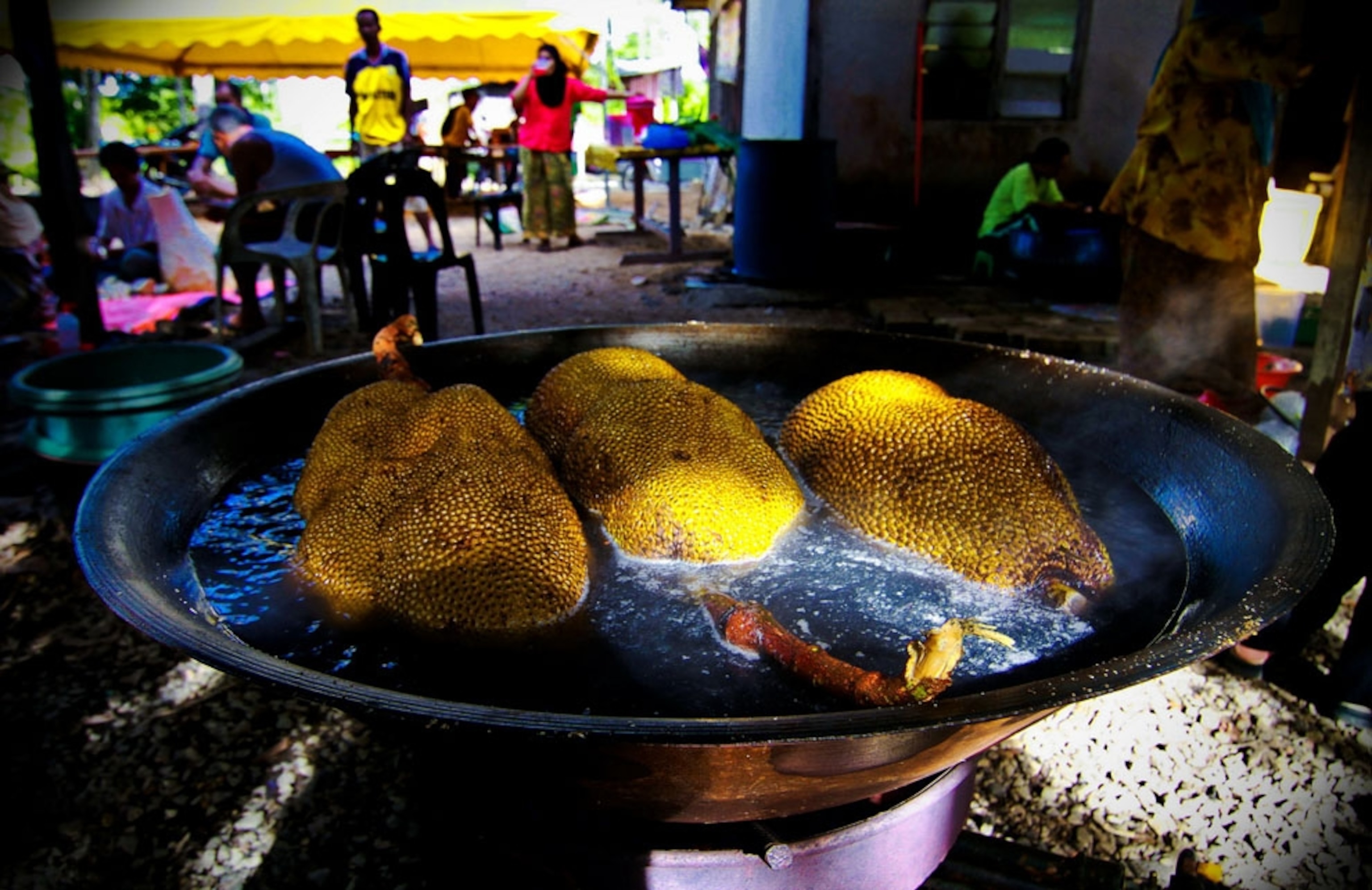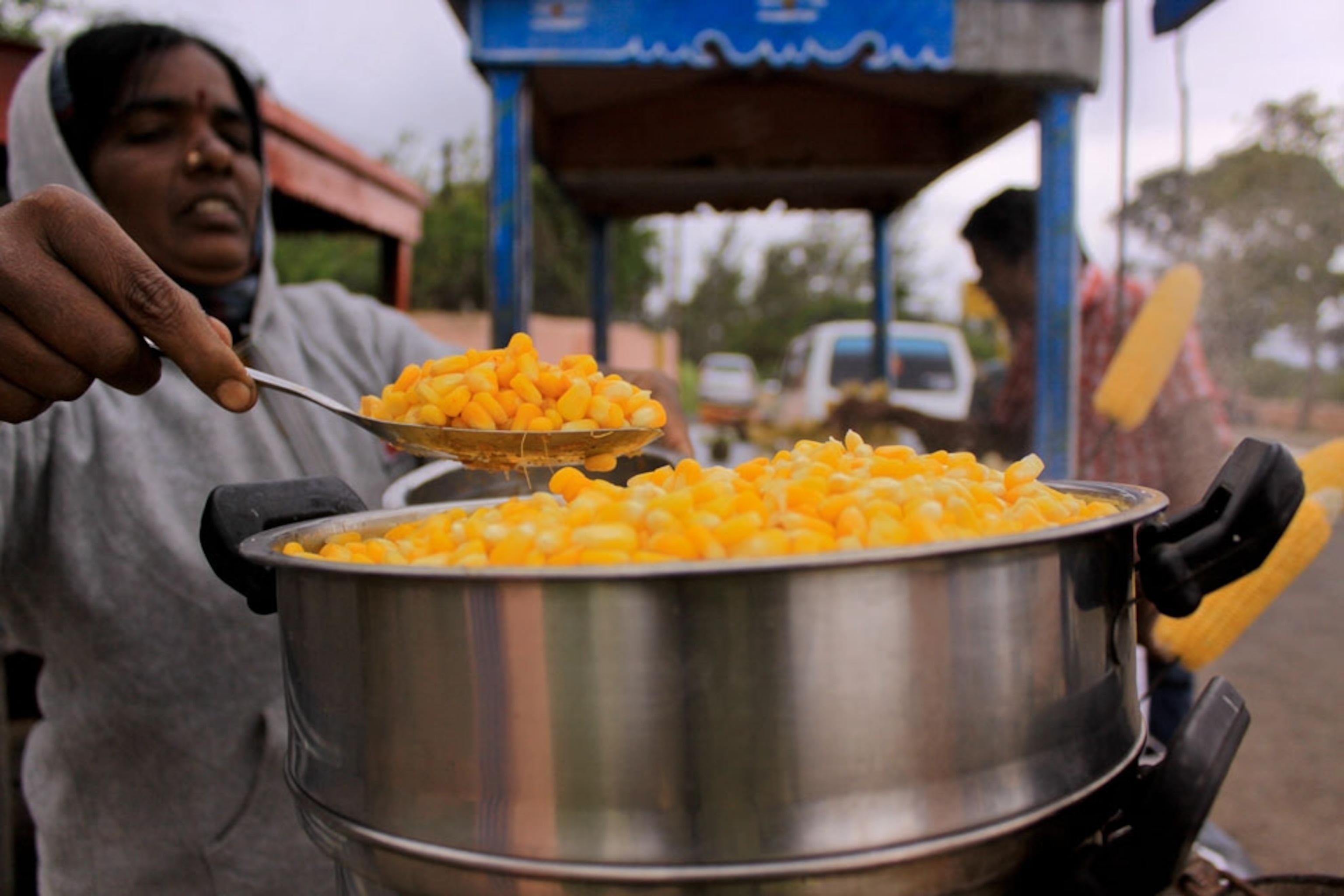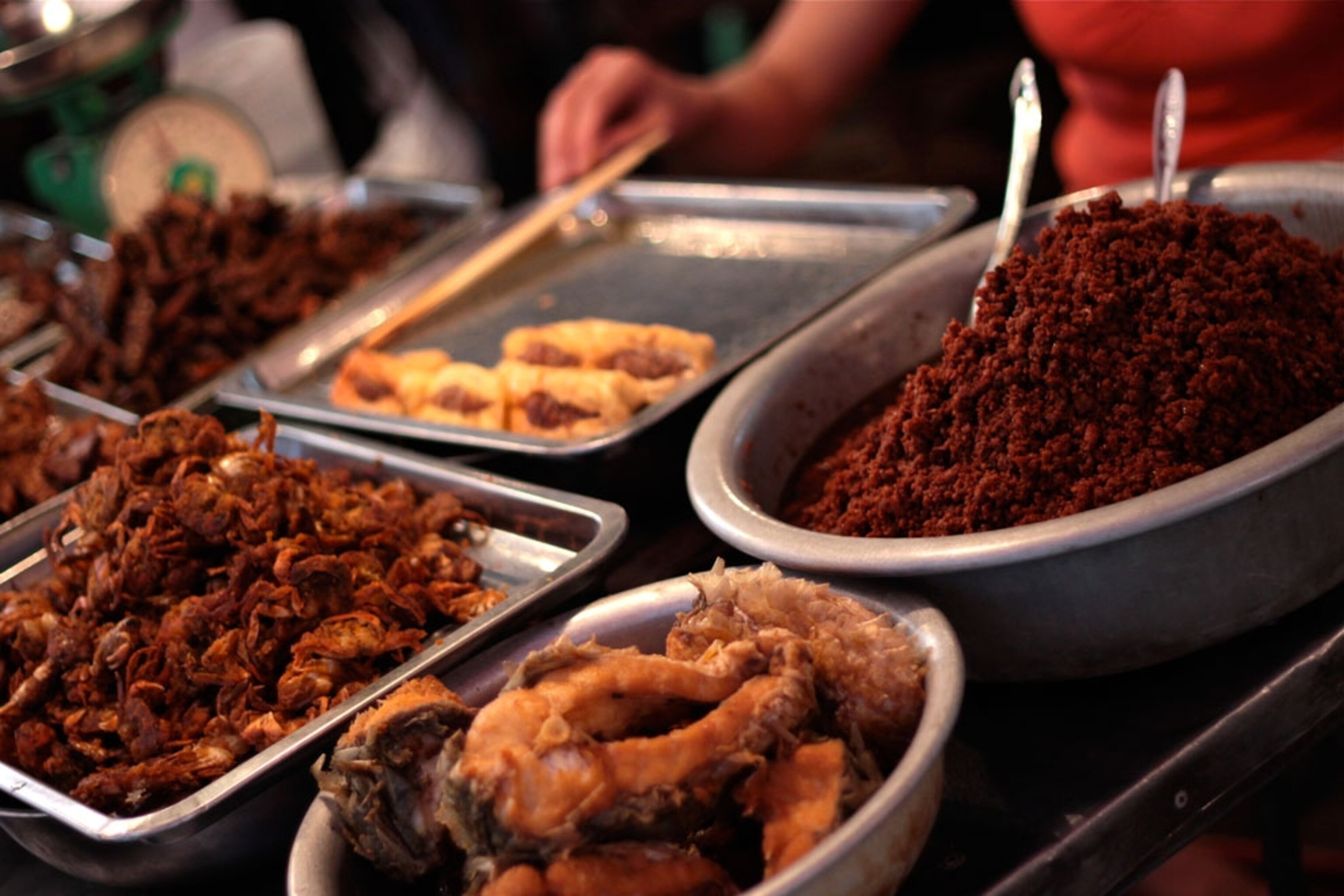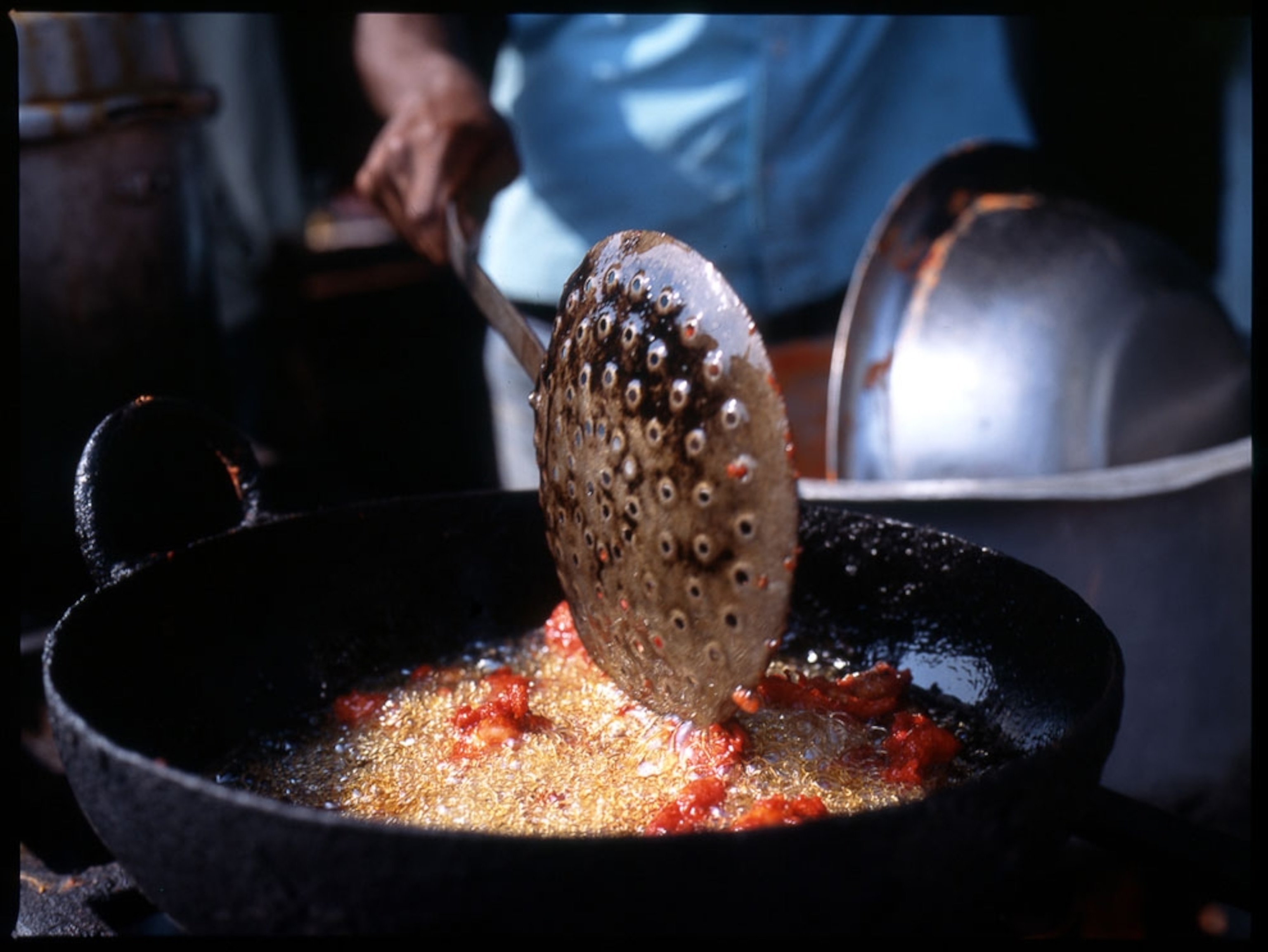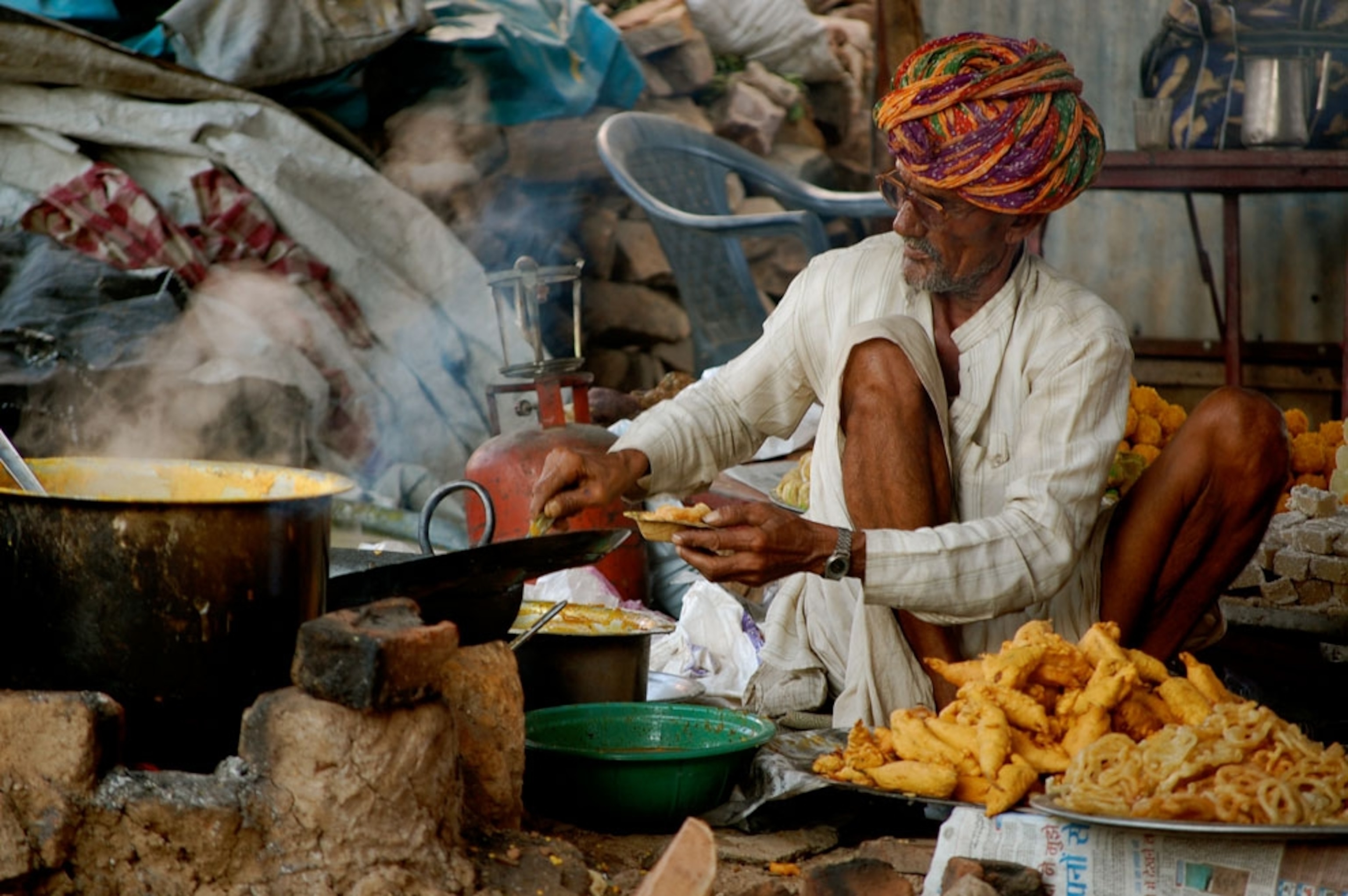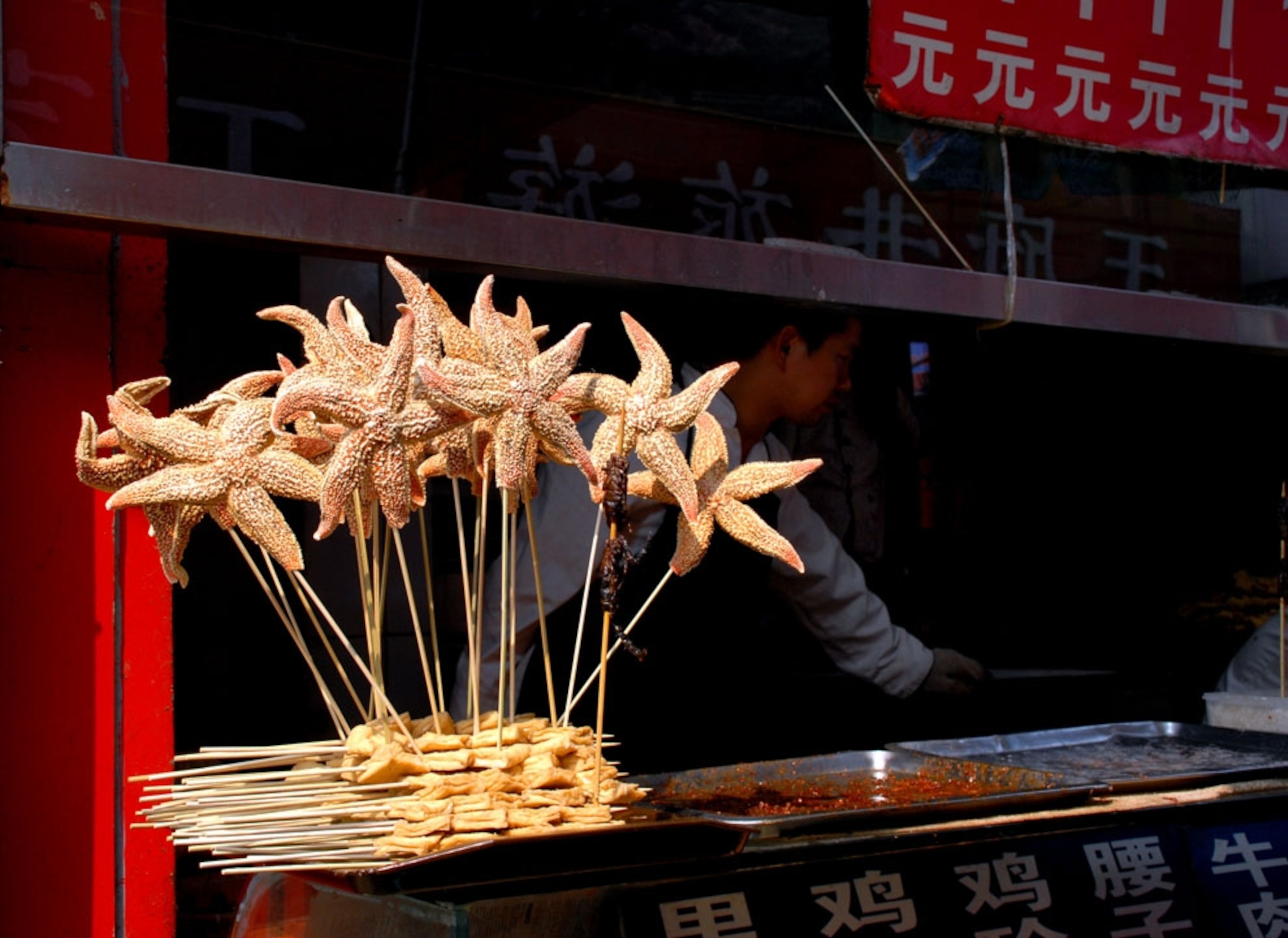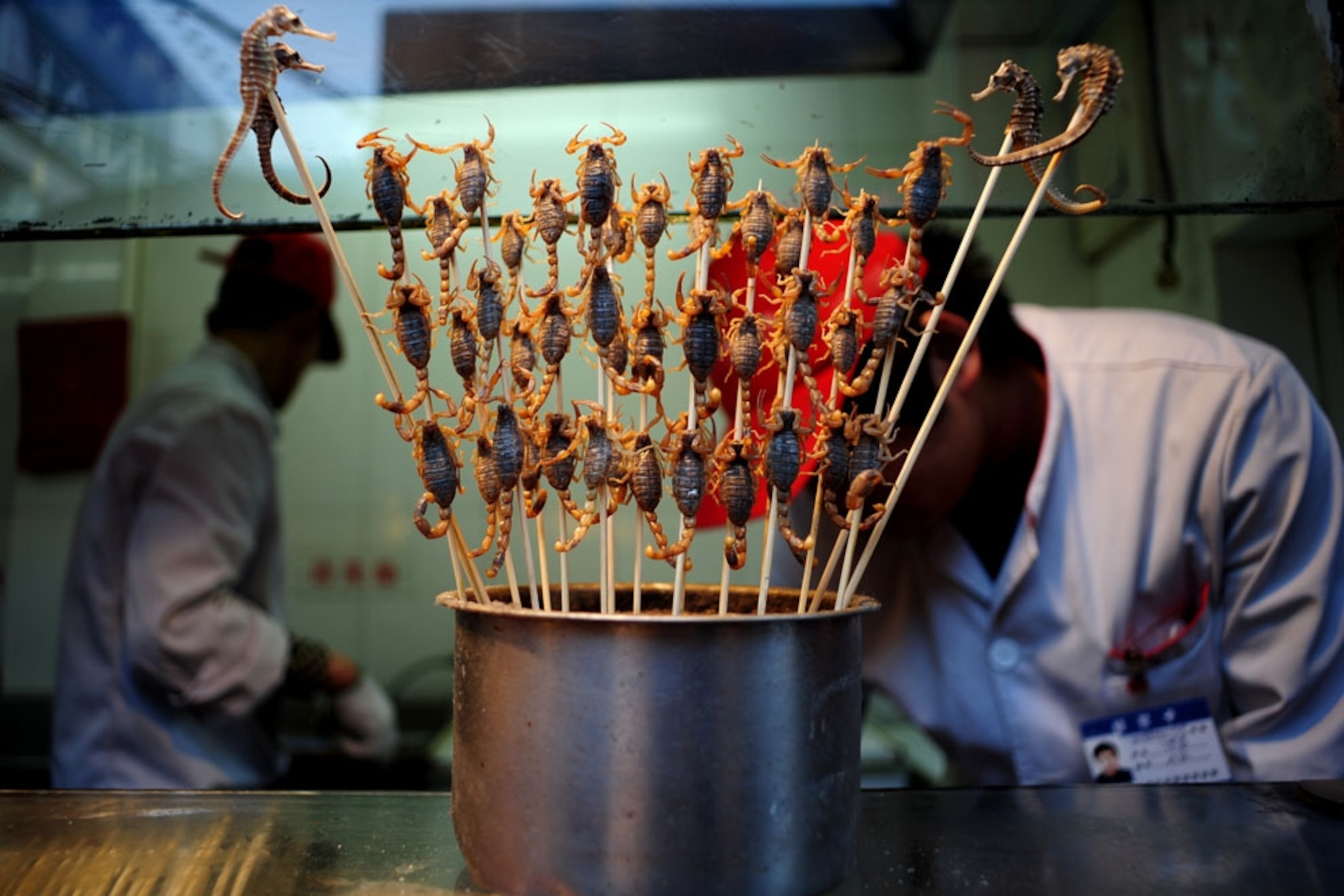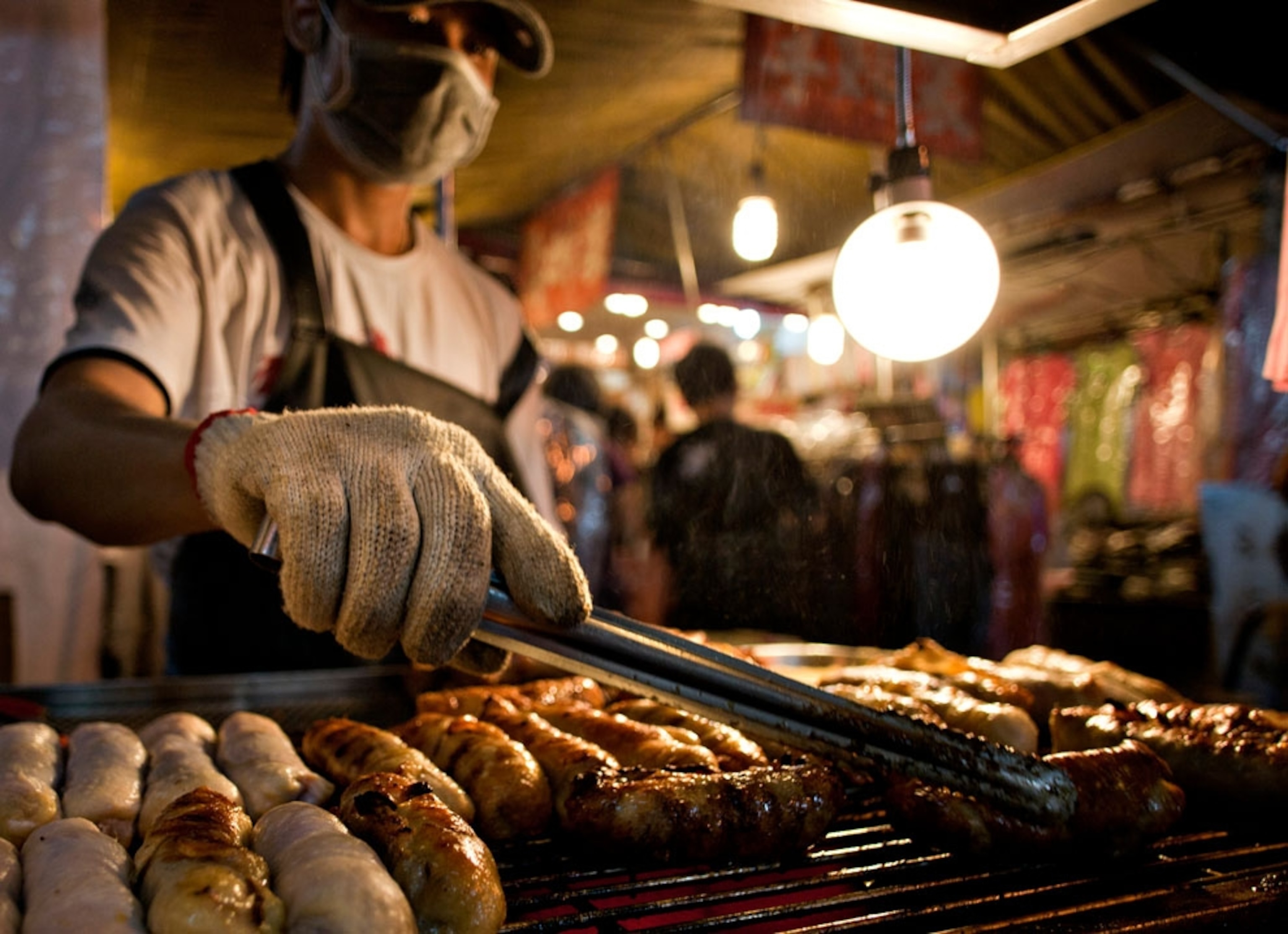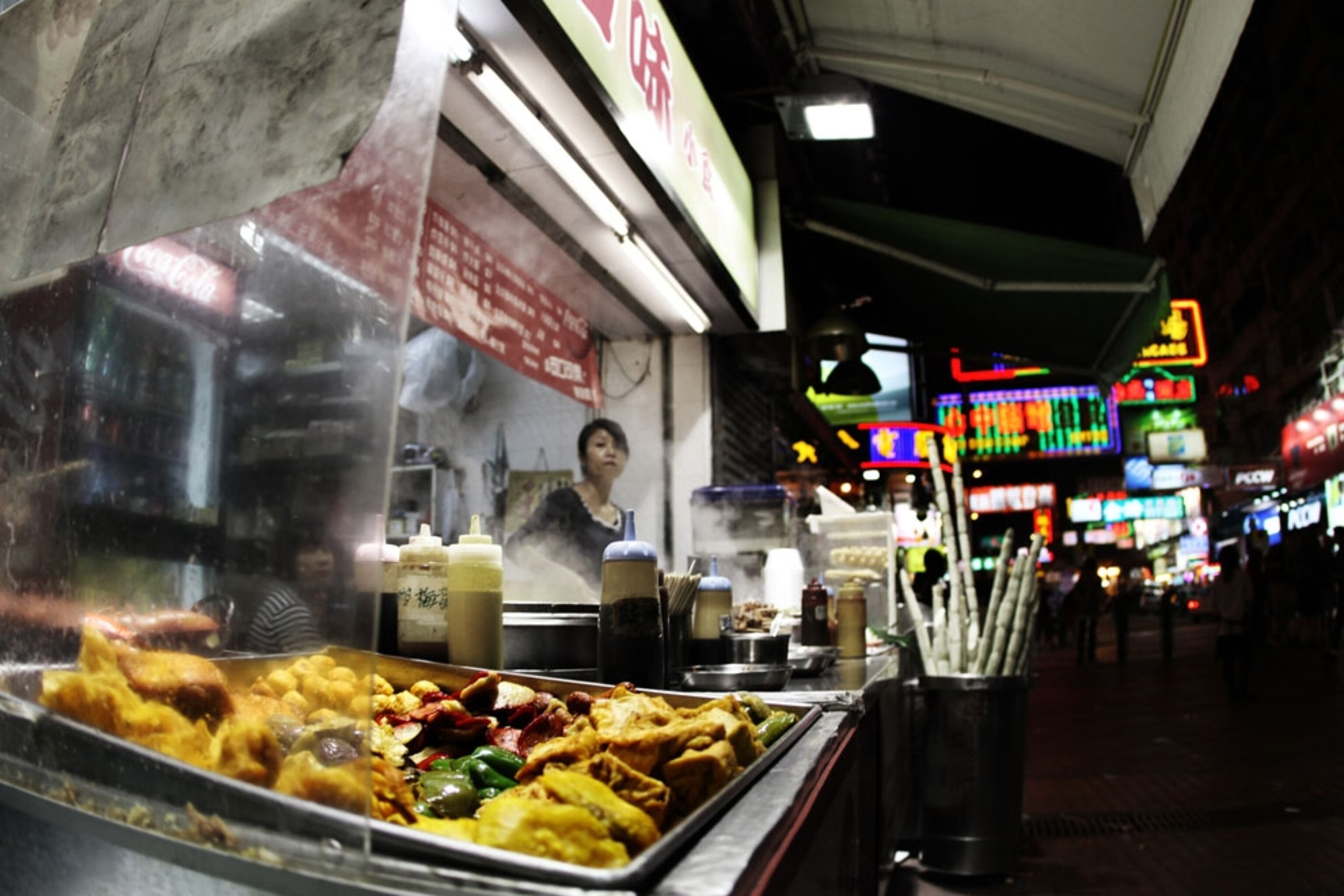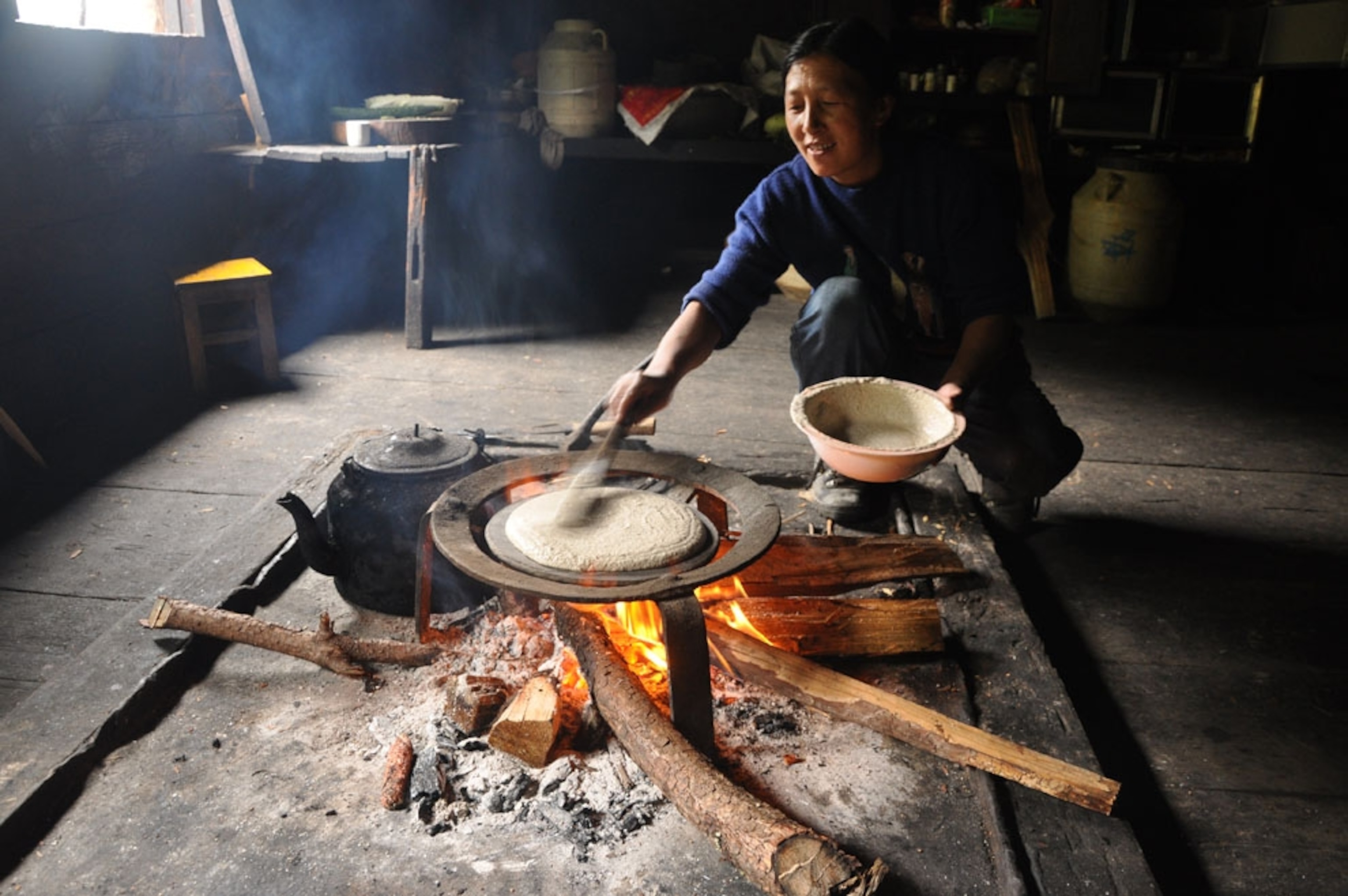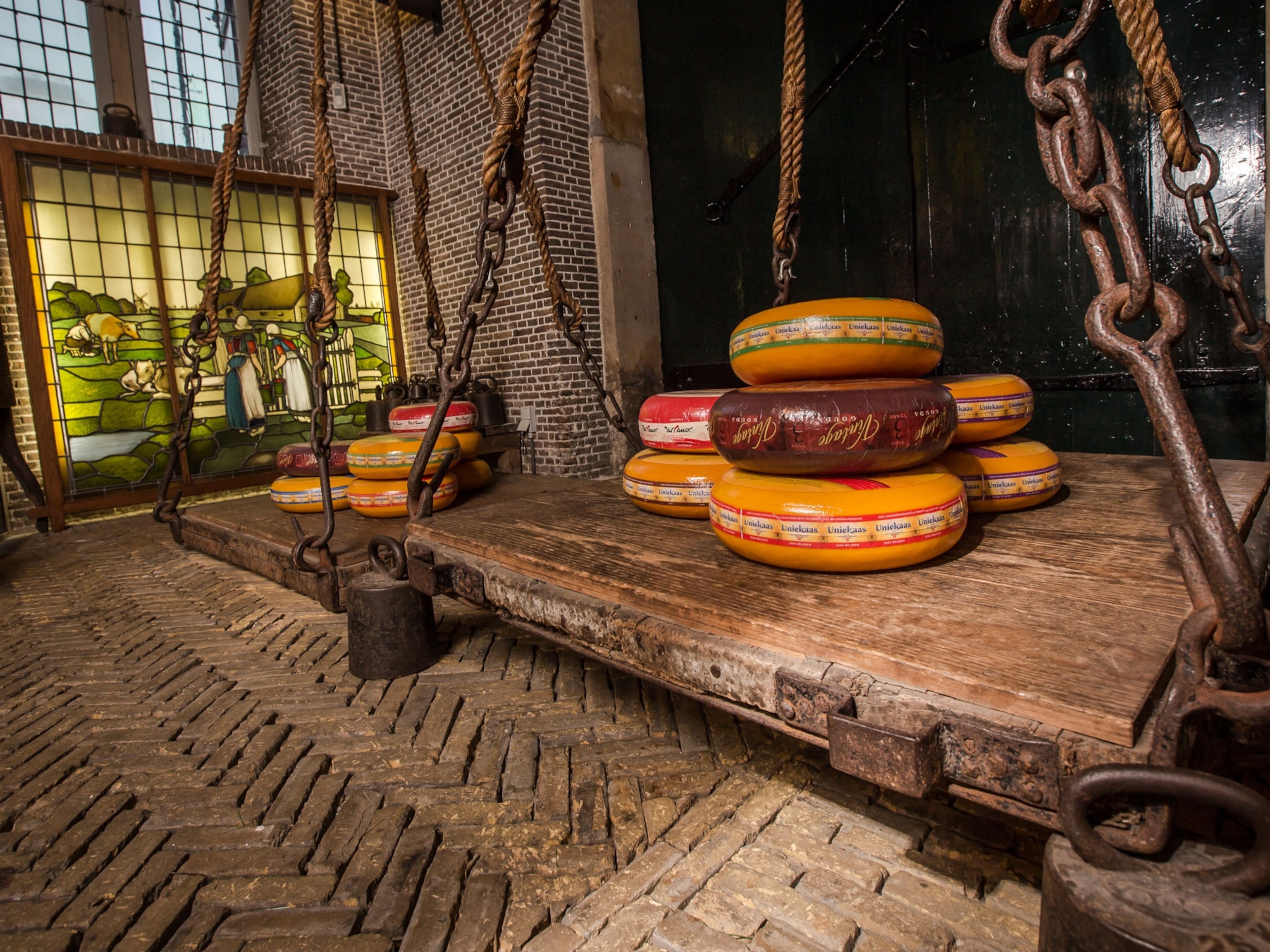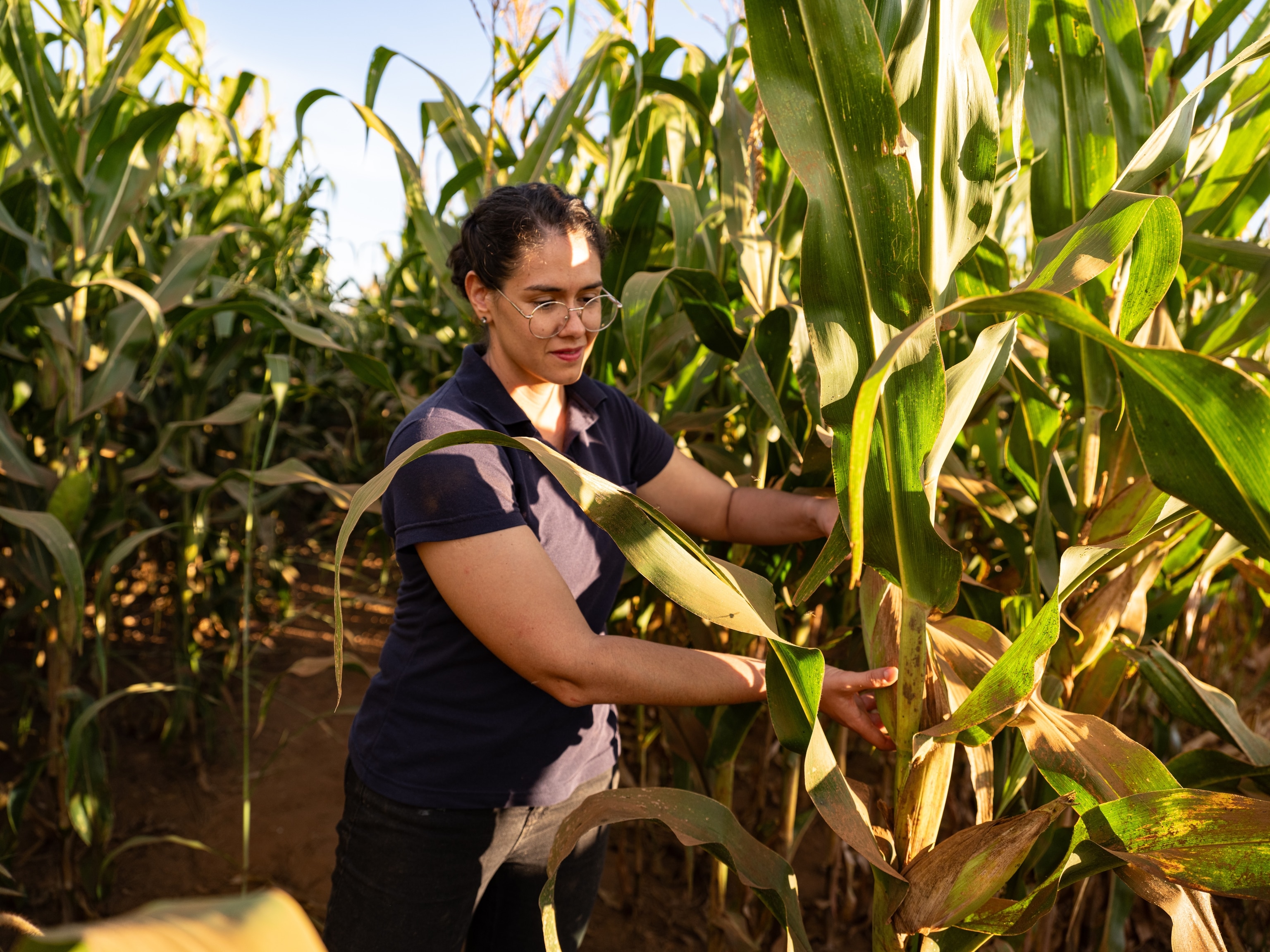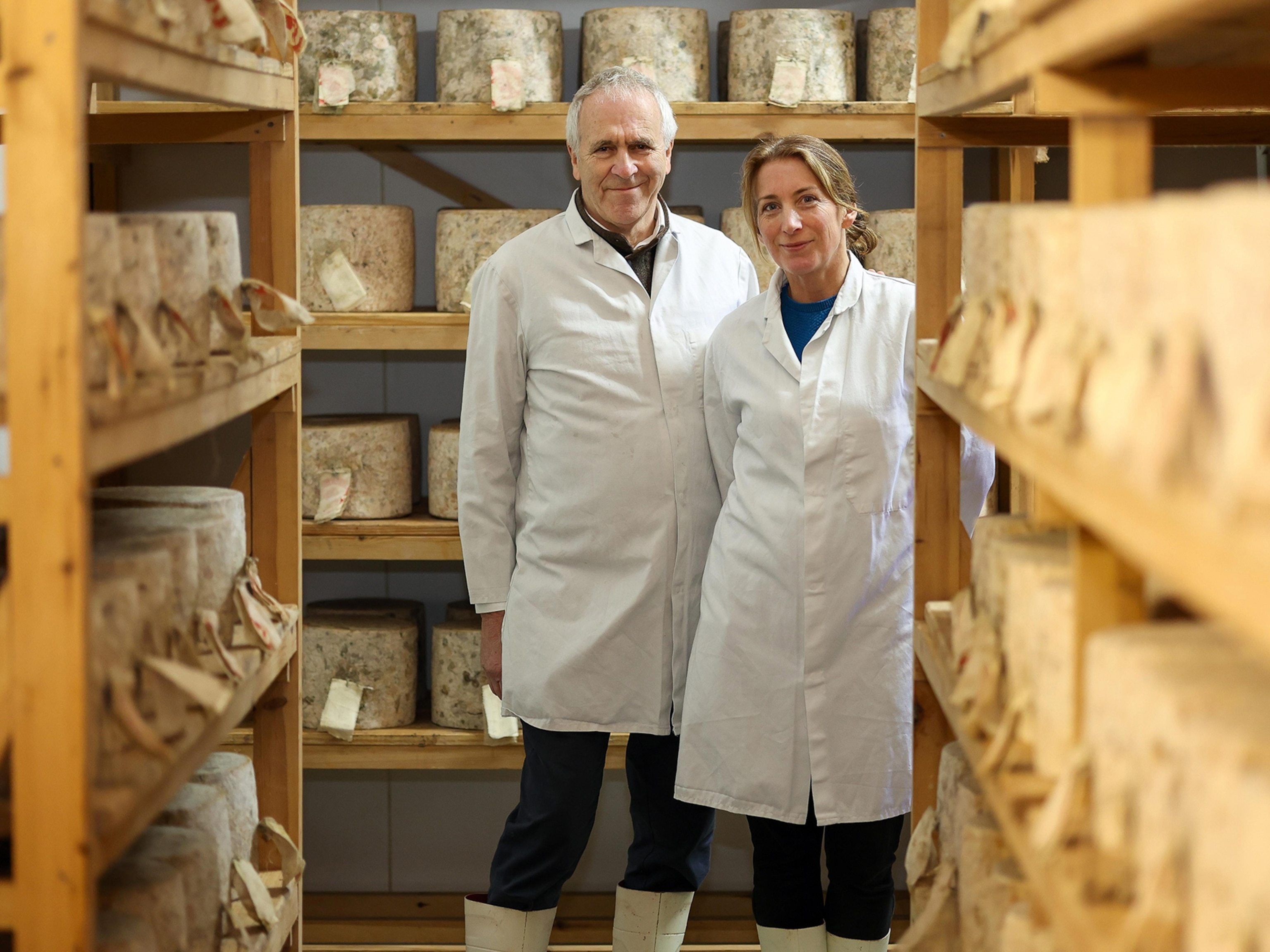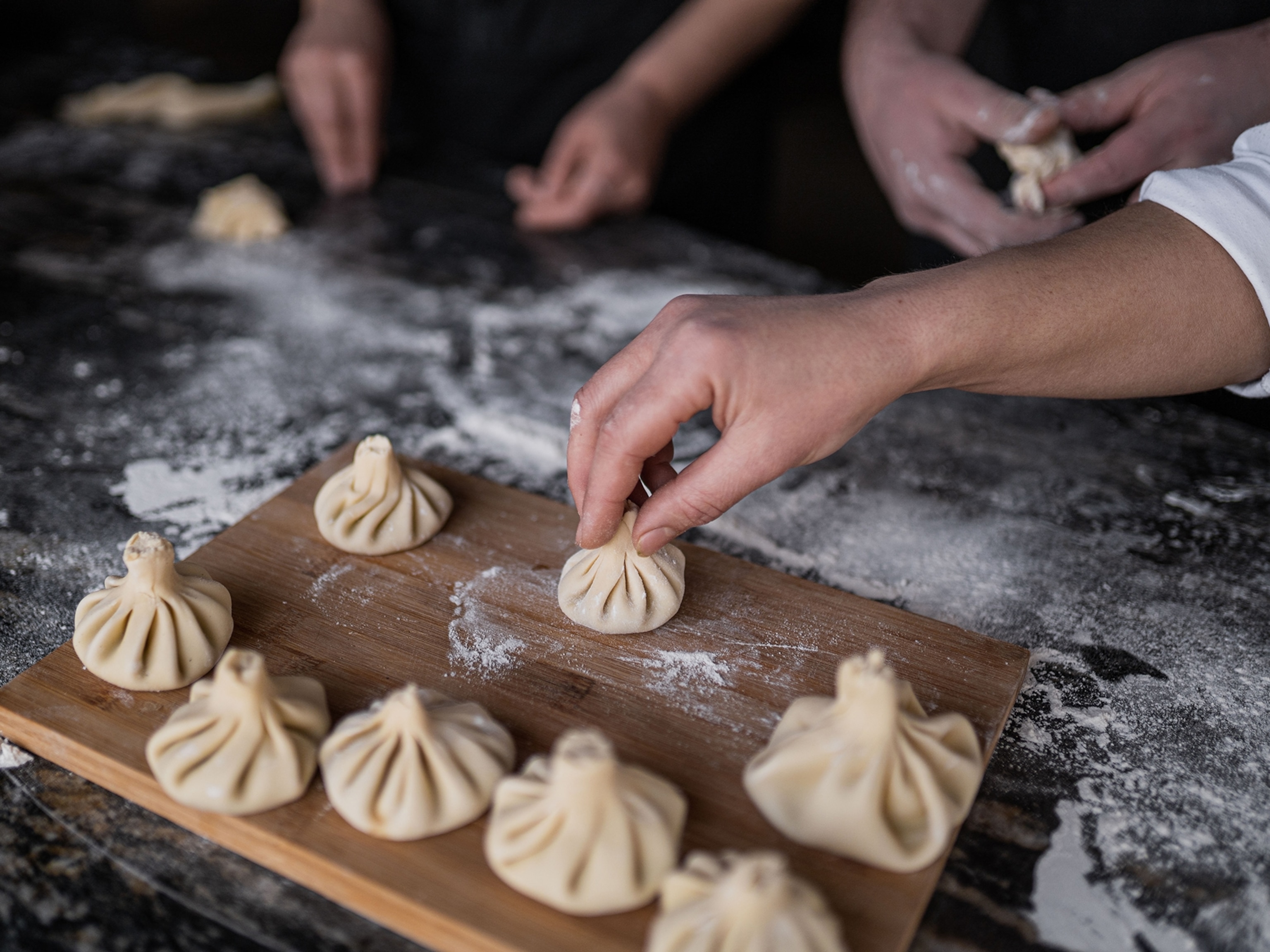
How new cheeses are propelling this city into the spotlight
Laos Buffalo Dairy is using an innovative technique to benefit locals and tourists alike.
Somlit, an auburn-haired calf with sweet eyes and a spiky Rod Stewart hairdo, is the first of her kind in Laos—she is a cross between a domestic Asian water buffalo and an Indian Murrah buffalo bull. But more than a novelty, she represents a sustainable future for buffalo in this country and for the burgeoning Laoatian milk and cheese industry centered around Laos Buffalo Dairy in Luang Prabang.
The Dairy has improbable origins. Susie Martin (a native Sydney-sider and former exec), Steven McWhirter (an electrician also from Sydney), Rachel O’Shea (a chef from upstate New York), and Matthew O’Shea (a Bostonian focused on global markets) met serendipitously at a pool in Singapore. After realizing their common preoccupation with the need for a big life change, they decided to shake things up in 2014 by moving to Laos with their kids. They had all traveled there before and fell in love with the country, its nature, and its people.
In a place with such an abundance of water buffalo, they noticed a distinct lack of dairy products. And while the historical French influence remains strong in culinary offerings like the famous croissants at Luang Prabang’s Le Banetton, it was impossible even to find a local brie. Because Asian countries have a high rate of lactose intolerance among their populations, they typically deemphasize dairy. But buffalo milk products are actually easier to digest than cow-milk equivalents.

The couples came up with a plan in 2016: they'd pay to use female buffalo from local farmers (the male buffalo are sold for meat) and milk them while providing the locals with a regular source of rental income ($20,000 total per year). They also wanted to help feed Laotian children, 44 percent of whom suffer from malnourishment. They would do this through educational programs that teach locals how to milk their buffalo and mix it into hot rice.
There were two main challenges, though: milk yields per animal were low, and 50 percent of calves died before reaching maturity. When Martin emailed the Guangxi Buffalo Research Institute in China for help, the contacts there assumed she was part of the National Agriculture and Forestry Research Institute, a Laotian government entity that had been exploring innovative breeding to increase buffalo survival rates. That program lay dormant, though, so the Dairy took the reins. Martin knew Indian Murrah buffalos made 10 liters of milk per day compared to the measly four or five liters water buffalo in Laos produced, so she got two Murrahs plus semen from others to mix up the genetic pool with the Dairy’s 67 female water buffalo.
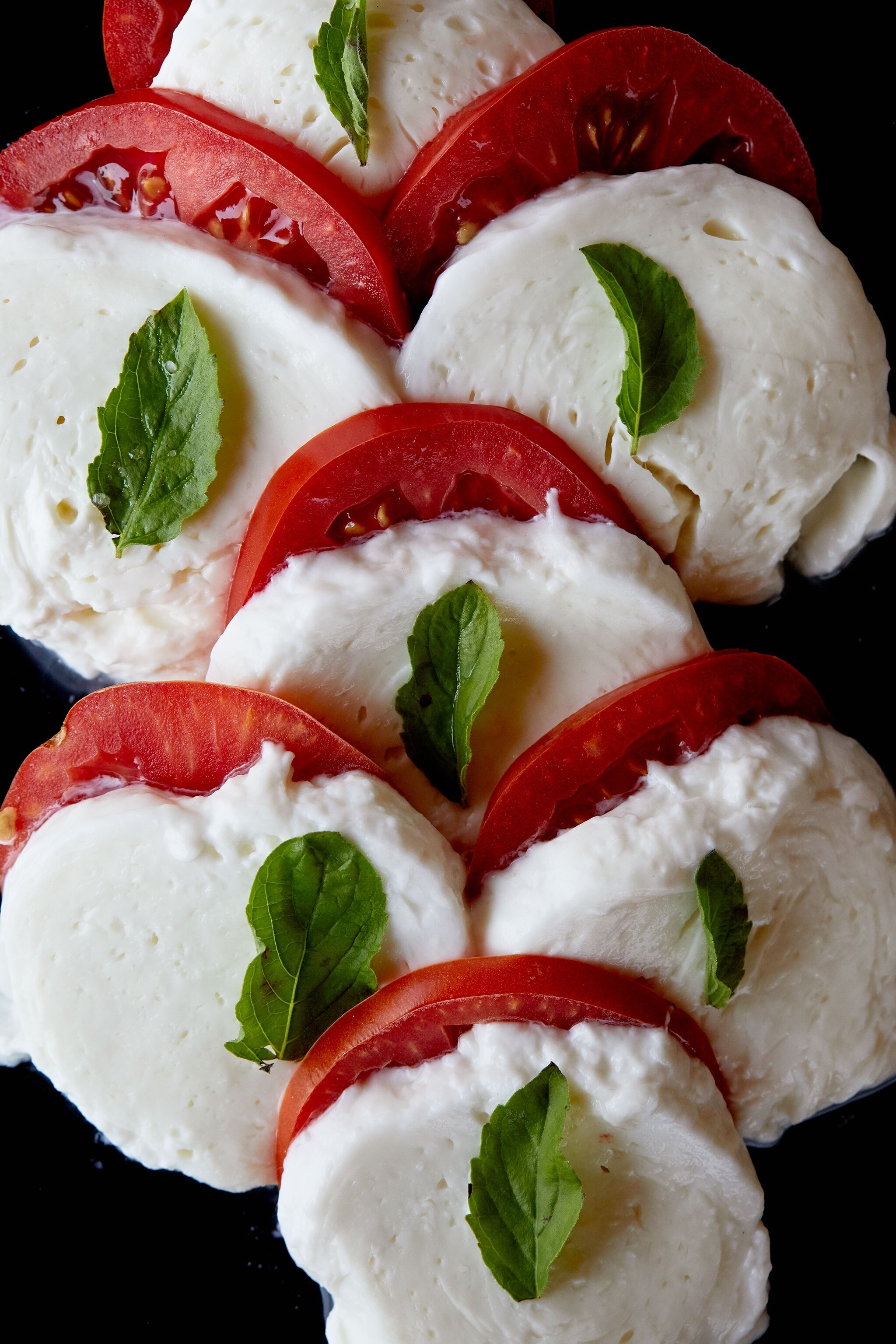
While the Dairy gives back to the community, Chef O’Shea is able to make delicious blue cheese, feta, brie, Camembert, and mozzarella for locals and visitors in Laos. Given that buffalo milk has 50 percent more fat content than the cow equivalent, she also creates rich yogurt, cheese cake, and ice cream (including lemon grass and tamarind flavors). The Dairy sells its fare to the luxury resorts increasingly popping up in Luang Prabang such as the Rosewood, Belmond, and Amantaka, along with local eateries like Saffron Coffee and L’Elephant. At the recently opened AVANI, Patricia Yeo, a chef known from “Top Chef Masters” who did stints with Bobby Flay and Marcus Samuelsson in New York, fancies the Dairy’s blue cheese, which she says “marries pure clean milky flavor and texture with lovely rich umami,” and goes well in the hotel’s salad with warm grapes and rockets, a bitter, peppery leaf vegetable.
Martin said as milk production ramps up, the Dairy will expand to sell its products to China and other southeast Asian countries, especially as the Pan-Asia Railway Network from Kungming, China, through Laos to Singapore moves to completion.
- National Geographic Expeditions
The flamboyantly-maned Somlit is the first birth through the program, though other buffalo are currently pregnant. The males will be larger (and provide Luang Prabang denizens with more lucrative meat to sell), and the females like Somlit will have more robust milk production. The Dairy also provides immunizations and veterinary care to prevent the spread of diseases like brucellosis. A buffalo, which at $1,200 costs as much as the average annual salary in Laos, used to act as something of an insurance policy for locals. Now, it’s an income-generating, reproducing asset.
Martin said this venture, which she called "a midlife crisis with a purpose rather than a Porsche," is a welcome change from corporate life. “It’s nice to be able to do something where you can quite literally taste and feel what you’ve done that day–and to do this in a way for the community that’s practical and sustainable.”

